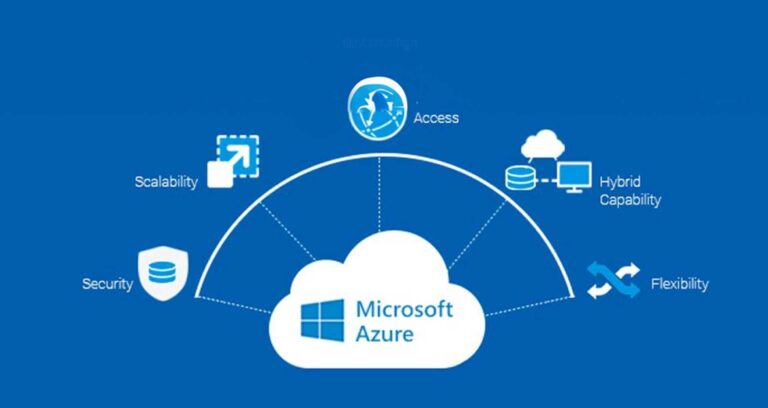
In many industries, contractors are essential to getting work done efficiently. Whether they’re part of a construction project, a maintenance team, or another specialised field, contractors often bring unique skills to the table. However, managing contractor safety can be challenging, especially when there are multiple teams and tasks involved. This is where digital tools like contractor management software become valuable, as they simplify the process and improve overall safety. This article explores the top benefits of using digital tools to manage contractor safety.
1. Streamlining Safety Processes for Contractors
One of the biggest advantages of using digital tools for contractor safety management is that they streamline safety processes. With these tools, companies can easily track and organise safety protocols, ensuring that all contractors follow the necessary steps before starting work. The software makes it easy to record and access safety documentation, reducing the time spent on manual paperwork. This streamlined process helps contractors get to work faster while ensuring safety standards are met.
2. Real-Time Access to Safety Information
Having real-time access to safety information is crucial when managing contractors. Safety management systems provide immediate access to safety records, training documentation, and other essential information. Managers can check that contractors are up-to-date with required training and certifications at any time. Real-time access means that if issues or questions arise, safety information is just a few clicks away, allowing for quick and informed decisions that help maintain a safe work environment.
3. Enhanced Communication Between Teams
Good communication is key to ensuring a safe workplace, especially when contractors are involved. Safety management platforms allow for easy sharing of safety updates and protocols between different teams. When safety information is available to everyone, it reduces the chances of misunderstandings that could lead to accidents. Enhanced communication makes it easier for teams to collaborate, keep track of safety measures, and ensure everyone is on the same page regarding workplace safety.
4. Tracking Compliance and Meeting Safety Regulations
Safety regulations are essential to keeping workplaces safe, but tracking compliance can be time-consuming. Digital safety systems help by automatically tracking compliance requirements, such as certifications, licences, and safety protocols. This automation saves time and ensures that all contractors meet the necessary safety standards. Tracking compliance digitally also makes audits smoother, as managers can quickly access records to show that regulations are being followed.
5. Simplifying Contractor Onboarding
Contractor onboarding can often be complex, with multiple steps and safety requirements. Safety management systems simplify the onboarding process by providing an organised platform for necessary forms, training, and certifications. Contractors can complete onboarding tasks through the system, which reduces the time it takes for them to start working. This streamlined approach not only saves time but also ensures that all safety protocols are reviewed and followed from the beginning.
6. Identifying and Managing Risks
Identifying potential risks is essential for workplace safety. Safety management tools provide insights to help managers spot potential hazards before they lead to accidents. By tracking incident data and analysing trends, companies can adjust safety protocols to reduce risks. Digital tools allow for a proactive approach to safety, making it easier to prevent accidents rather than reacting to them after they happen. Identifying risks early keeps everyone safer on the job site.
7. Reducing Paperwork and Boosting Efficiency
Handling safety compliance traditionally involves a lot of paperwork, which can be time-consuming and prone to errors. Digital safety systems significantly reduce the need for paperwork by keeping all safety records and documents in one centralised digital location. This not only saves time but also boosts efficiency by eliminating the hassle of manual filing and searching through physical documents. With digital records, managers can quickly locate and update safety information, improving the overall efficiency of contractor management.
8. Supporting a Safety-First Culture
Using digital solutions for managing contractor safety contributes to a culture where safety is prioritised. When companies use these tools to keep safety protocols accessible and organised, contractors are more likely to take these protocols seriously. This focus on safety becomes part of the company culture, where all employees and contractors understand the importance of following safety guidelines. A safety-first culture promotes responsibility and encourages everyone to look out for each other, creating a positive and secure workplace for all.
Digital tools are invaluable for companies looking to improve safety standards and make contractor management more efficient. With features like real-time access to information, streamlined onboarding, and enhanced communication, these solutions simplify the process of managing contractor safety. By adopting these tools; businesses can ensure that all safety protocols are followed, reduce the risk of accidents, and promote a safety-first culture. In today’s workplaces, where contractor safety is essential, digital tools provide the support needed to keep everyone safe and compliant.
Write and Win: Participate in Creative writing Contest & International Essay Contest and win fabulous prizes.


